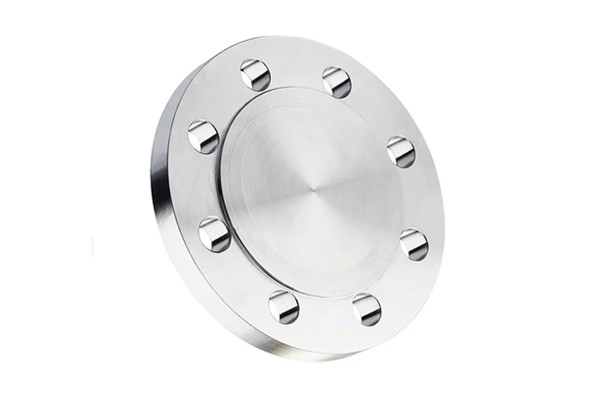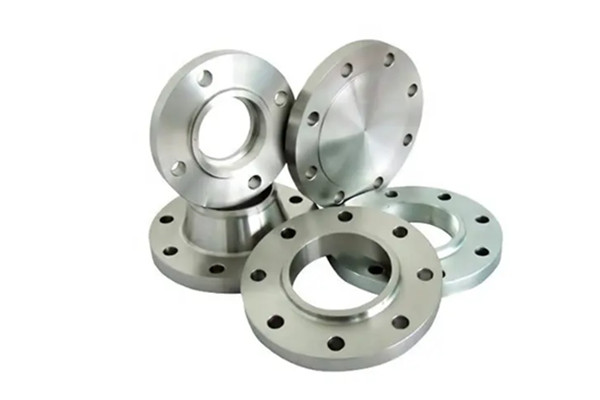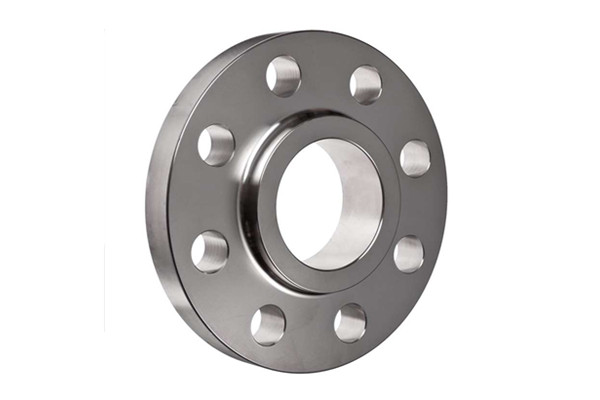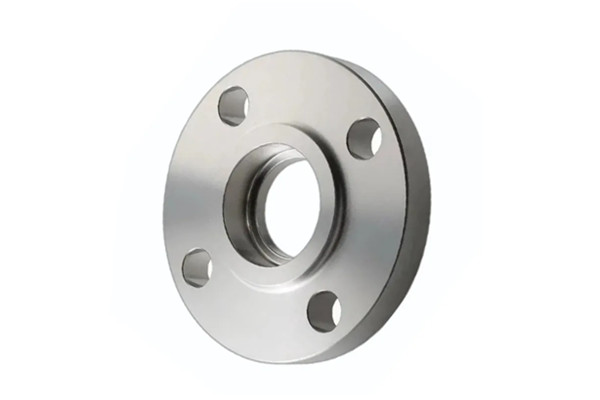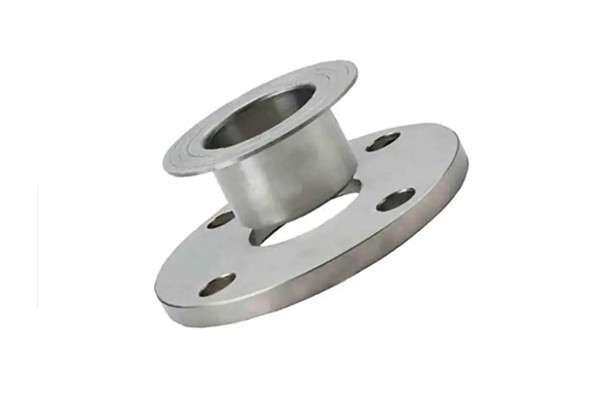INTRODUCE :
Blind flanges are used to permanently or temporarily cover or close the end of a pipe. This flange is solid, has no internal holes, and can be flat or raised.
Kingrail Parts offers a wide range of flat and raised blind flanges that meet DIN, JIS and ANSI standards, including carbon steel and stainless steel.
Materials: Carbon steel, alloy steel and stainless steel
Standards: ASTM A105, ASTM A182
Sizes: 1/2'' to 24'', custom up to 48''
Thickness: Schedule 10(S) to SCH 160
Pressure rating: Class 150 to 2500
Face type: RF, RTJ
SPECIFICATIONS :
Main function
The main function of the blind flange is to completely isolate the production medium to prevent the shut-off valve from closing tightly, affecting production, and even causing accidents.
Blind flanges should be installed in locations where isolation is required, such as at the equipment nozzle, between the front and back of the shut-off valve, or between two flanges. It is usually recommended to use 8-shaped blind flanges in these cases. For one-time applications such as pressurization and purging, standard round blind flanges are usually used.
Sealing surface
There are many types of sealing surfaces, including flat surface, convex surface, concave surface, groove surface and ring joint surface.
Material type and standard
Blind flange materials usually require carbon steel, stainless steel, alloy steel, copper, aluminum, etc.
Carbon steel blind flange: ASTM A105
Alloy steel: ASTM A182 F5, F9, F11, F22, F91
Stainless steel blind flange: ASTM A182 F304/L, F316/L
Manufacturing standard
ASME B16.5
BS 3293
DIN 86029
Aspects
General outer diameter range: 1/2'', 2'', 3'', 4'', 6'', 8'', 10'', 12'' to 24".
Special outer diameter: up to 60".
Grade range: 150, 300, 400, 600, 900, 1500, 2500.
Flange face type: RF (convex face), RTJ (ring joint)
Manufacturing type and cost
There are generally four manufacturing processes: forging, casting, plate cutting, casting combined with forging. Among them, forging products have the highest price, followed by plate cutting, casting combined with forging has lower cost, and the casting process is the least ideal.
In terms of quality, forging and plate cutting have the best quality, while the quality of casting combined with forging is slightly worse.
Casting blind flange
The shape of the cast flange blank is precise, the required processing capacity is small, and the cost-effectiveness is high. However, the cast flange blank may have casting defects such as pores, cracks, and inclusions. In addition, the internal flow characteristics of the casting are poor, and the flow characteristics will be even worse if cutting is involved.
Forged blind flange
The carbon content of the forged blind flange is usually lower than that of the cast flange, so it is not easy to rust. In addition, forged blind flanges have better streamline, denser structure, and better mechanical properties than cast flanges.
However, if the forging process is not operated properly, it may result in excessive or uneven grain structure and possible hardening cracks. In addition, the cost of forged flanges is higher than that of cast flanges.
In general, forged flanges can withstand greater shear and tension than cast flanges.
Notes
Under the premise of meeting process requirements, use blind plates as little as possible.
Blind plate groups must be marked as normally open or normally closed.
The position of the blind plate is determined according to the cutting effect, safety and process requirements.
Get more help
Please contact us for more information and quotes.
